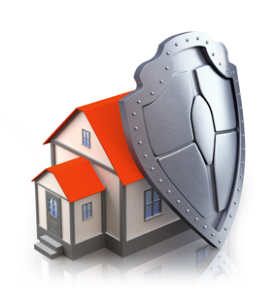Here’s a surprising statistic. In several surveys, upwards of 60% of people surveyed listed “bedrooms” as one of the reasons they decided to purchase a particular property. So don’t overlook these rooms when preparing your house for sale. You need to make sure they appear roomy and attractive to potential buyers.
The first step is to make sure every bedroom actually has a bed. Otherwise, you might inadvertently give the impression that your home has fewer bedrooms than it really does. To a potential buyer, a bedroom is often more valuable than the home office or storage room you may have converted it into.
You can’t change the number of bedrooms your home actually has, but you can make sure that each one shows well. Consider the layout of each room carefully. Is the bed and other furniture placed in a way that makes the room appear as spacious as possible? Can buyers easily walk around the bed? Are the curtains, bedding and other décor items clean and attractive?
Finally, buyers will understand that a kid’s room may be somewhat cluttered and may even have an eclectic style, but you need to make sure it’s as clean and tidy as possible.









